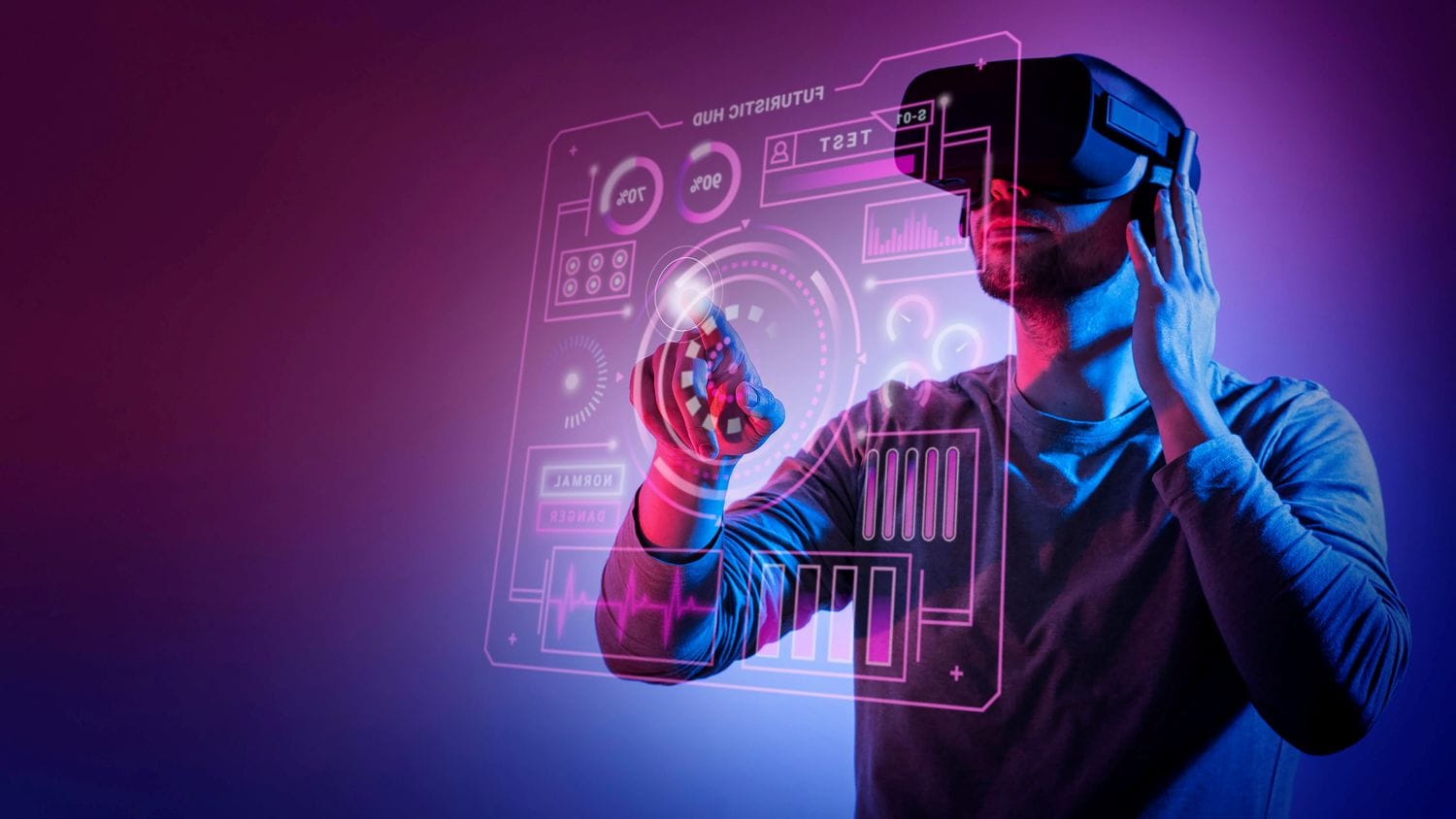Technology standards are the invisible backbone that enables the functioning of today’s digital economy, from smartphones to connected vehicles. In this ecosystem, the patent system plays a crucial role by encouraging investment in research and development (R&D) and facilitating the exchange of technical knowledge.
In a new study, the European Patent Office (EPO) has analyzed the close relationship between patents and technology standardization, based on a recent dataset extracted from its exclusive state-of-the-art databases and technical documentation generated by various standard development organizations (SDOs). Furthermore, the report provides a detailed overview of litigation related to standard essential patents (SEPs) in Europe and the emerging role of the Unified Patent Court (UPC) in this context.
“Technology standards are the backbone of the digital economy, driving innovation, economic growth, and ensuring efficient interoperability between devices and platforms,” stated António Campinos, President of the EPO.
Campinos emphasized that standardization efforts will become even more relevant in the future, particularly in areas such as
Shaping Daily Life: The Role of SEPs in Modern Technologies
Whether it’s high-speed mobile connectivity, smart home devices, streaming, or high-definition video, standards are fundamental to the technologies we depend on daily. To meet market needs, these standards must incorporate cutting-edge technologies that are often protected by patents. These standard essential patents (SEPs) underpin key standards like 5G, Wi-Fi, and audio/video codecs, enabling secure and efficient communication between devices. Without the technology available through SEPs, our digital networks wouldn’t function.
According to the latest 2024 Patent Index from the EPO, computer technology, which includes areas of artificial intelligence such as machine learning and pattern recognition, leads as the technological field with the highest number of patent applications, while digital communications ranks third. The number of connected devices from the Internet of Things (IoT) is expected to grow by 30 billion by 2030, according to IoT Analytics. McKinsey estimates that this growth will generate a global value of between €4.8 to €11 trillion, including value captured by consumers and users of IoT products and services.
Standard Essential Patents (SEPs) as a Strategic Asset for the European Economy
Standard essential patents (SEPs) are not only fundamental technical pillars but also key drivers of economic growth and industrial competitiveness. By facilitating the seamless integration of cutting-edge technologies, standards that rely on SEPs accelerate technology diffusion and market entry. For instance, the series of Wi-Fi standards has been implemented in over 80,000 products, ranging from tablets and mobile phones to routers, according to Wi-Fi Alliance. Mobile technologies like 4G and 5G are already implemented in over 100 million connected vehicles sold by more than 80 car brands, according to Avanci. Data from Orbis identifies around 47,500 manufacturing companies worldwide that potentially use technology standards.
Increasing Patent Transparency and Quality: Stronger Connections Between Standards and Patents
The European Commission is committed to enhancing transparency regarding patents and technology standards. The EPO has compiled an exclusive collection consisting of over 5.5 million documents produced during the standards development process, contributing to this goal. These standard-related documents are used by the EPO during the patent granting process to ensure that patents in standards-intensive fields are only granted for inventions that are novel and inventive. In rapidly evolving areas like wireless communications and multimedia content compression, nearly 70% of the EPO’s search reports now include references to these documents. These citations made by examiners create a natural link between patents and standards that the EPO has compiled into a new dataset.
This new dataset, based on over 190,000 European patent applications, includes nearly 170,000 distinct documents from standard development organizations (SDOs) cited approximately 418,000 times in total. The primary authors of the cited SDO documents are prominent SEP owners, such as Huawei, Ericsson, Qualcomm, and Nokia. This publicly accessible dataset promotes transparency and helps stakeholders better understand the growing connection between patents and standards in the innovation landscape. The dataset also has practical uses, including methods for predicting essentiality based on the characteristics of patents and standards. The EPO study reveals that 37% of currently declared SEPs cite SDO documents.
Unified Patent Court: A New Era in SEP Dispute Resolution
Legal disputes related to standard essential patents (SEPs) have long been fragmented in Europe. However, since its establishment on June 1, 2023, the Unified Patent Court (UPC) is consolidating as the go-to forum for resolving SEP-related disputes. In just 19 months, the UPC has resolved 23 SEP-related disputes, representing more than a third of decisions on such disputes in Europe since the court opened its doors—demonstrating its growing influence and efficiency. This shift is helping to avoid parallel proceedings and improve legal certainty. Furthermore, the upcoming launch of the UPC’s Patent Mediation and Arbitration Center (PMAC), expected by the end of 2025, will provide a dedicated forum for resolving global SEP disputes through alternative dispute resolution and include a specific procedural framework for disputes involving SEPs within its Arbitration, Mediation, and Expert Determination Rules.

